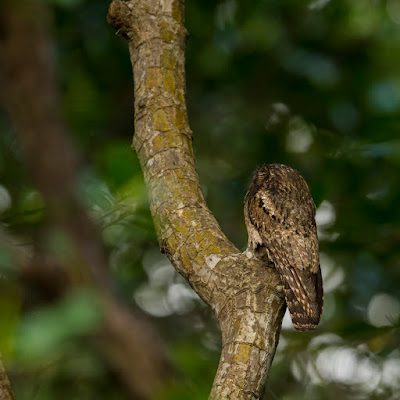The Gulf of Abandoned Vessels

How many shipwrecks lie beneath the calm waters of our Gulf of Paria, from the Venezuelan side and Trinidad’s industrial west coast? Dr Anjani Ganase speculates on the effects of disintegrating vessels. She asks for some system to register and regulate ships in our waters, especially those that are likely to be abandoned here. Derelict vessel in the Gulf of Paria. Photo by Anjani Ganase When you take the passenger vessel to Tobago, you will be familiar with the views of Trinidad’s coastline from the north-western Peninsula and along the north coast. You will also see, especially in the calm Gulf, a number of old vessels anchored or partially submerged, as the ferry cruises by. As a marine biologist, I imagine the sea below the listing ship, I imagine a seabed littered with boat parts, garbage and seeping chemical waste from the hull. Consider that this is only a small section ...



